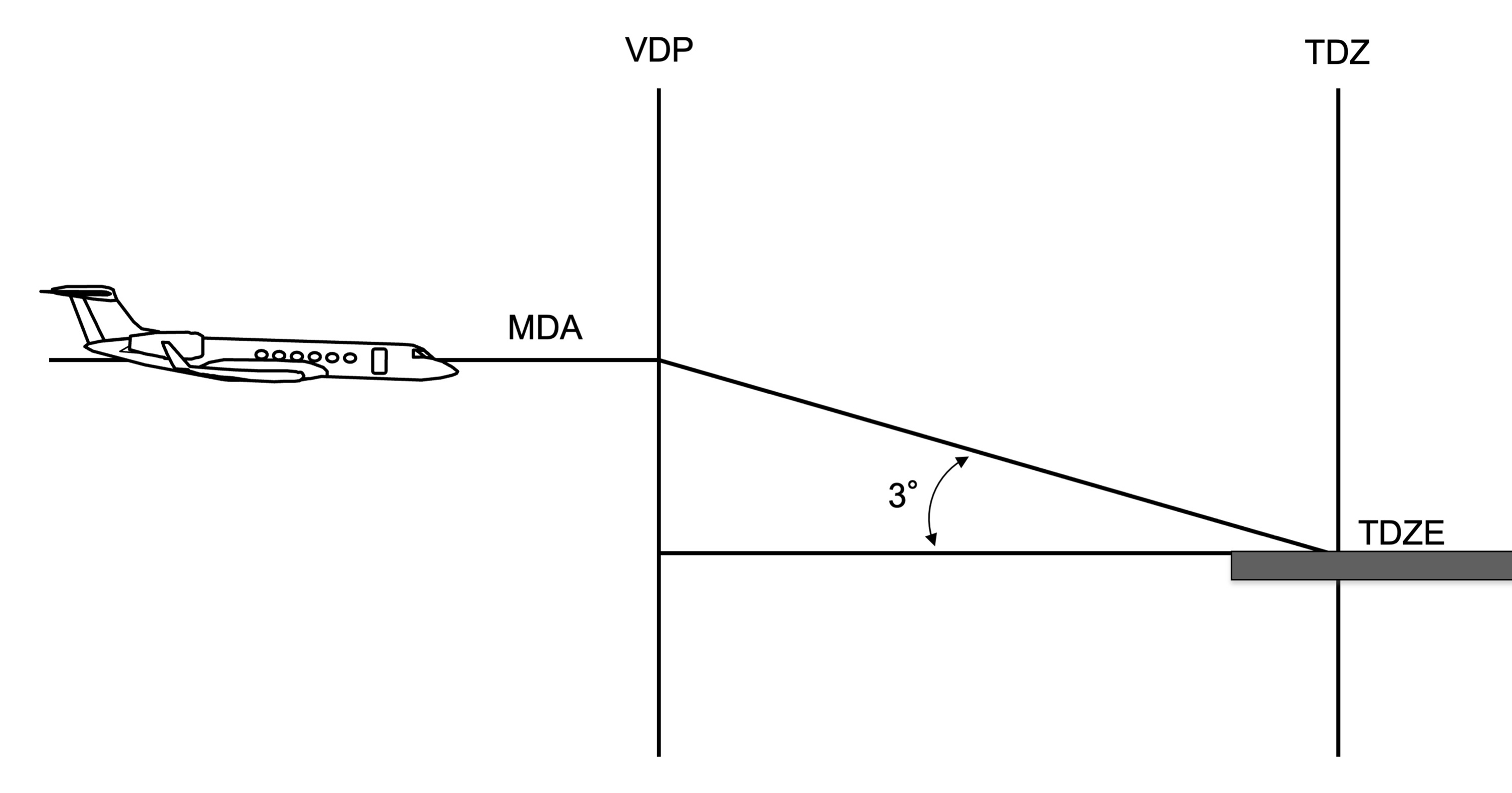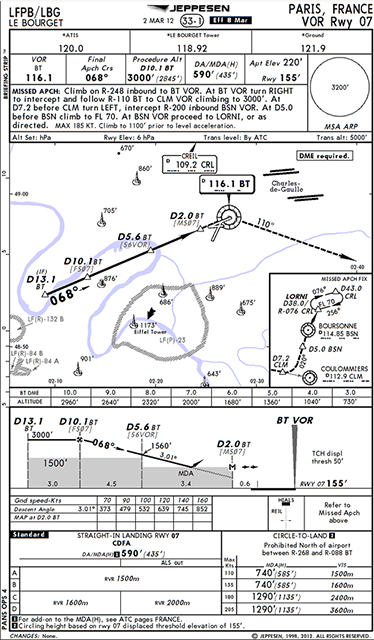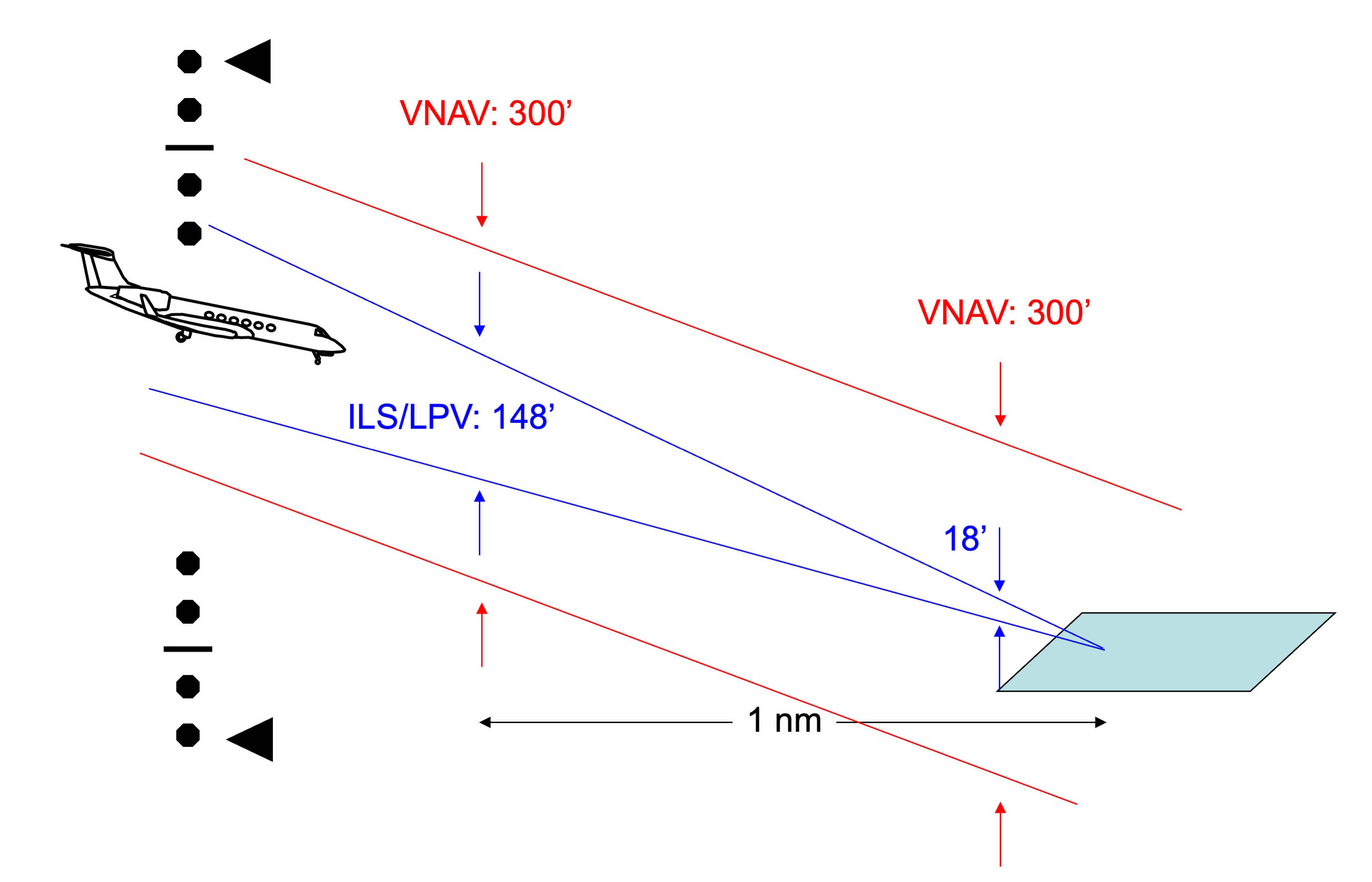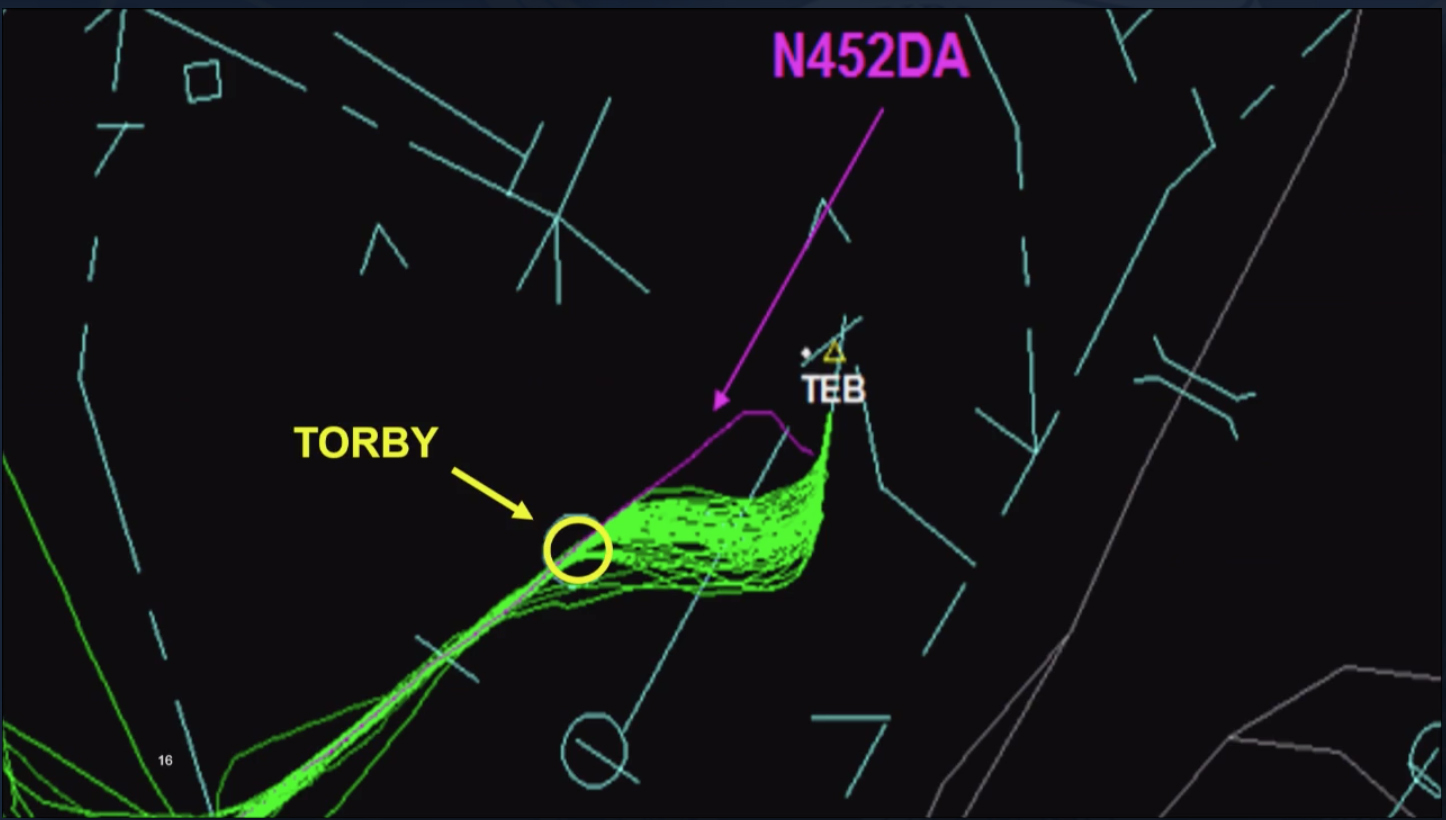When faced with an unsolvable problem, you are said to face a “Gordian Knot,” a rope that is tied so intricately or tangled so completely that it is impossible to untie. If you dive a little deeper into the story behind the legend, you learn that just because something is impossible doesn’t mean it doesn’t have a solution. It sounds like a lot of problems in aviation, so it is worthy of closer examination.
— James Albright

Updated:
2021-07-05
The Phrygians living in the southern Balkans sometime before the fourth century BC found themselves without a monarch, but an oracle decreed that the next man driving an ox cart into the city of Gordium would become their king. The new king’s son tied the ox cart to a post with the now famous knot. Years later another oracle said that any man able to unravel the elaborate knot would be destined to be the ruler of all Asia. Alexander the Great arrived and figured it out. The most common story is that he simply drew his sword and sliced the knot in half. Job done! Another version says that he pulled both ends of the rope from the cart and the post and pushed them into the knot, loosening it and allowing him to untie it. Once again, mission accomplished. Spoiler alert: Alexander the Great went on to conquer Asia, fulfilling the prophecy.
Legend or myth, the story of the Gordian Knot is useful to us as aviators because it teaches us there are two possible ways to deal with a seemingly impossible task. First, like Alexander’s cut the knot into two solution, we can redefine the problem to fit the solutions available to us. (We don’t need to untie the knot, only free the cart from the post.) Alternatively, like Alexander’s idea of freeing the rope from the post and the cart, we can discover new ways to solve old problems. (The problem isn’t the tether between the cart and the post, the problem is the knot itself.)
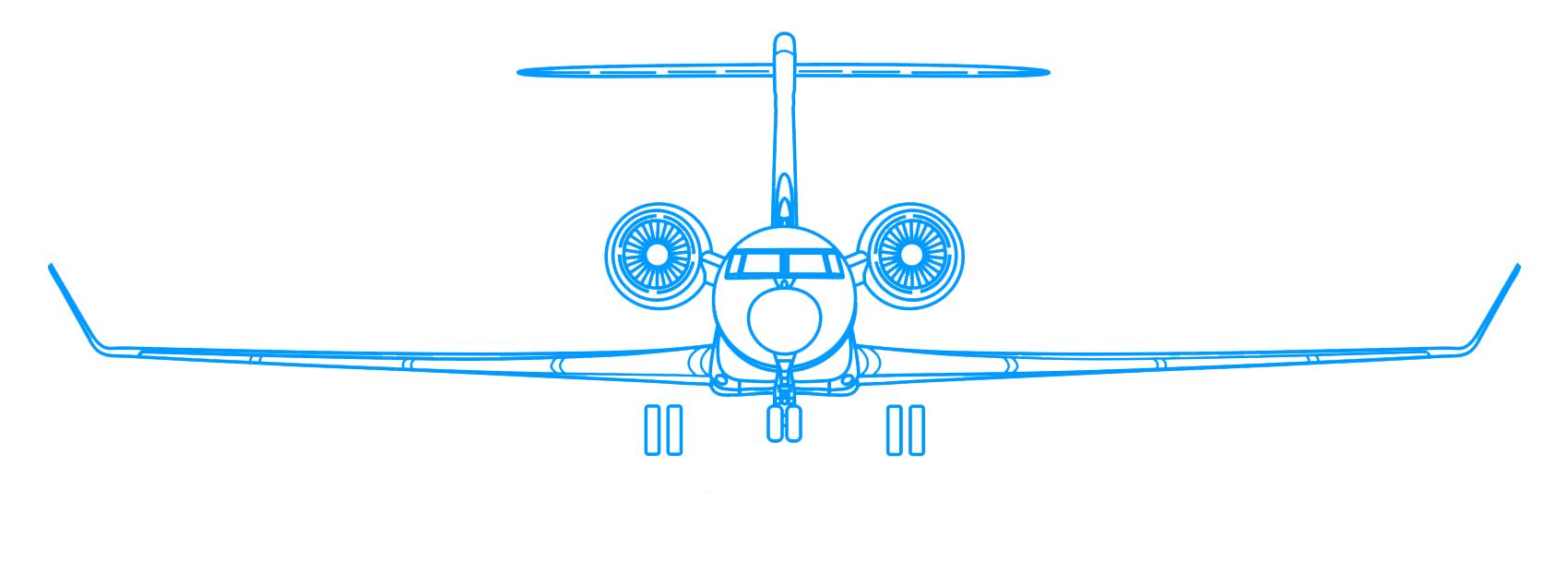
1
Redefine the problem
We sometimes accept our problems as they are presented to us. Even as we invent new tools to handle other daily tasks, the old problems remain as we first found them. Take, for example, the problem of landing off an instrument approach without vertical path information, the classic “non-precision approach” landing from a Minimum Descent Altitude (MDA). I still have my first Air Force instrument pilot’s manual, circa 1976. The only guidance given was this: “Arrive at the MDA with enough time and distance remaining to identify runway environment from MDA to touchdown at a rate normally used for a visual approach in your aircraft.” There was no mention of aiming for the normal touchdown zone or prohibition from descending early or attempting a landing when already halfway down the runway. Of course, this often ends badly.
That was the cost of doing business, after all. If the runway didn’t have an Instrument Landing System (ILS) or was served by a Precision Approach Radar (PAR) system, you had no choice but to “dive and drive.” There have been countless examples of that turning into “dive and die,” but there was no easy solution to fix it short of installing an ILS or training pilots and controllers to use PARs. The problem, we knew, was that non-precision approaches carried with them a higher risk of aircraft accidents.
But that wasn’t the problem at all. Redefined, the problem became: how do you transition from instrument flight conditions along an MDA to a stable descent to visual flight conditions on top of a runway properly configured to land in the touchdown zone?
The first attempt required only that pilots be trained to figure out the point along the MDA where a normal descent to landing should occur. You simply subtract the Touchdown Zone Elevation (TDZE) from the MDA and divide that by 300. The result is the number of nautical miles prior to the TDZ where you should depart from the MDA. Too early risks hitting approach lights (or something worse). Too late risks not having enough runway to stop. I thought for sure the use of Visual Descent Points (VDPs) would end forever the drive and die approach. But they continued. (Never underestimate a pilot’s desire to descend as soon as the runway is in sight, or to salvage a late descent when there is still some runway left in view.)
Our redefinition of the problem needed a redefinition of its own. The real problem is this: how do you transition from instrument flight conditions to a stable descent to visual flight conditions on top of a runway properly configured to land in the touchdown zone. (The MDA isn’t a part of the new problem definition.)
The Continuous Descent Final Approach (CDFA) eliminates the drive part of the “dive and drive” and reduces the dive to a descent rate found on an ILS. Aircraft with Vertical Navigation (VNAV) can synthetically concoct their own descent paths so that the airplane is aimed for the touchdown zone early on. There remains a problem, however, because the normal VNAV glide path has tolerance that could under- or over-shoot the runway by a large margin. But we can fix that by looking at this age-old problem from an entirely different angle.
2
Attack the problem from another angle
The old saying “when all you have is a hammer everything starts to look like a nail” can be turned around and still be equally valid. “When every nail is designed to be driven by a hammer, all other tools appear to be of little use.” In aviation we are constantly inventing new tools and even new procedures for the challenges we’ve already had. We as aviators need to be open to new ways of doing things.
Decades ago, we solved the “dive and die” problem with the VDP, and after that didn’t solve everything, we invented the CDFA using a glide path generated by the aircraft itself using VNAV. “It’s just like an ILS!” we told ourselves. But it isn’t. The beam width of an ILS narrows as you get closer to the ground. Full scale deflection in the glideslope, for example, narrows from 148 feet at 1 nautical mile to 18 feet at the runway threshold in a typical installation. But a typical VNAV gives you 300 feet in both locations. Flying a dot low on an ILS gets you to the runway a little short of the touchdown zone. With a VNAV, you may end up in the approach lights or even shorter. Our problem statement becomes: why can’t we have an ILS on more runways?
If your aircraft is equipped to take advantage of a Wide Area Coverage Augmentation System (WAAS), such as the Satellite-Based Augmentation System (SBAS) used with the Global Positioning System (GPS), you can fly a Localizer Performance with Vertical Guidance (LPV) approach. Commercial operators will need a C052 OpSpec or MSpec authorization. Private operators may also need an authorization in some countries outside the United States. That’s a lot of acronyms but the bottom line is that if you have LPV, you have a glide path that mimics the narrowing width of an ILS, even without an ILS. We have untied the Gordian Knot which appeared to be tied to a piece of ground-based technology by redefining the problem to: why can’t we have a narrowing glide path on more runways? Now we can.
The aviation community has a long list of Gordian Knots successfully solved by redefining the problem or by looking at the environment from a new perspective. The list is long but here are a few of our untied Gordian Knots.
“Why can’t many pilots recover from a stall without losing an inch of altitude?” has become “Pilots should break the stall and worry about altitude once that is done.”
“Why can’t pilots figure out their wake turbulence is a problem and keep an eye out for other aircraft flying the same oceanic track?” has become “Pilots should employ a Strategic Lateral Offset Procedures (SLOP) whenever flying oceanic routes.
“Why can’t pilots see and avoid perfectly?” has become the Traffic Collision and Avoidance System (TCAS).
I’m sure you can think of a lot of similar successes. But we should think of the many Gordian Knots still lurking out there.
3
Other Gordian Knots in aviation in need of a solution
It is fashionable to blame pilots, mechanics, and other aviators for complacency when researching aircraft accidents. This kind of blame is usually well deserved and the act of pointing fingers serves to remind us pilots, mechanics, and other aviators to remain vigilant. But there is another kind of complacency that hits aircraft manufacturers and regulators as well as us operators. We all tend to accept Gordian Knots as given. “There’s nothing to be done about that.”
Speaking as one of those on the operational side of aviation, I think the complacency problem may be a bigger threat for those sitting behind desks. Allow me an example and perhaps you will agree.
I didn’t think circle-to-land procedures were much of a problem during my twenty-year Air Force career. We taught them in our aircraft as well as simulators and when flying them in the real world, we encouraged our pilots to fly as high as possible, up to normal traffic pattern altitude, and as wide as possible, as wide as a normal traffic pattern. The aim was to make it as normal as possible. Now, as a civilian, I think the way we teach circle-to-land procedures is asking for trouble and history is on my side. We give regular check rides where the pilot must fly as low as possible and as tight as possible, even though that requires a turn to final which is unstable. (You cannot roll out at 500 feet aligned with the runway on a 3-degree glide path from most circling approaches flown at minimums.) No wonder we seem to crash airplanes on VFR days which didn’t require such tight maneuvering.
On May 15, 2017, a pair of poorly qualified Learjet 35A pilots attempted one of the most demanding arrivals in modern aviation while wrongly thinking they needed to fly as low and as close as possible to their landing runway. The crew were cleared to fly the Teterboro Airport (KTEB), New Jersey ILS Runway 6, circle to land Runway 1, with the winds at 320 degrees gusting to 32 knots. It seems everyone else that day understood that the purpose of the maneuver is to align the aircraft with the landing runway safely. The accident crew reverted to their instrument check ride procedures and failed, killing themselves in the process. So we have a problem: pilots are confused between the circle to land check ride maneuver in poor weather and the real life circle to land with good visibility. In the former instance, the pilot has the option of diverting if the conditions make circling impossible. In the latter case, the pilots don’t need to fly low and tight.
The National Transportation Safety Board (NTSB) missed the chance to identify the Gordian Knot and instead focused on the pilot’s attempt to salvage an unstable approach, inadequate preflight planning and the lack of an approach briefing. I’ve spoken to a few NTSB members and pointed out the Gordian Knot specifically: we don’t train the circle-to-land maneuver correctly and the evaluation criteria encourages a misunderstanding of the purpose of the maneuver. The most common answer was that this is a matter for someone else to tackle. The Gordian Knot is too difficult to untie.
More about this incident: Learjet N452DA.
I’m sure you can think of many more. I keep a long list of issues that I would solve if I were king.
My first regal decree would be to require every aircraft have Angle of Attack (AoA) indicators and pilots should be trained to use them for every takeoff and landing. We are all taught that minimum airspeed is critical but not that a computed minimum airspeed is useless if the weight of the aircraft isn’t computed accurately. (You can fool the airspeed indicator but the AoA indicator isn’t so easily mislead.) Next on my hit list is to require visibility minimums for takeoff and landing, even for Part 91 operators. (You can send your angry emails to me, please leave the publishers alone.) Don’t get me started on “demonstrated” crosswind limits and “advisory” gust additives. My list goes on and on.
I think the common denominator for all Gordian Knots solved and yet to be solved is that most of us accept them as unsolvable until a visionary either slices it with a single wave of a sharp sword or loosens the rope to allow it to be untied with a little work. We are all blind until someone refuses to accept the problem as stated. There are a ton of solutions out there in the trenches. It is up to us as operators to push those solutions, even if the bureaucrats push back.

